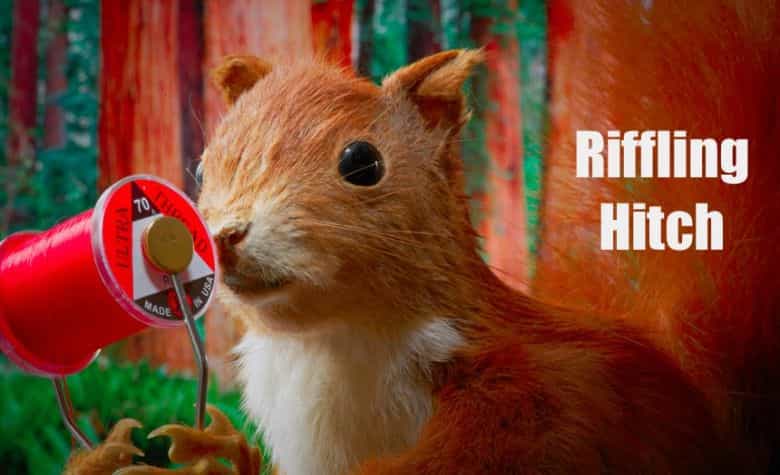
Squirrel tail – Made for Riffling Hitch flies
A squirrel in Western Europa could very well look like this guy …very bright red in its colouration – Here is one from my garden in Denmark, where this colour of the squirrel is the dominant genetic line of the Sciurus vulgaris (Eurasian red squirrel) – once black squirrels were the dominant genetic version in Denmark …now it is rare to see all black squirrels in my part of Scandinavia.
Take time to select the perfect squirrel tail
We buy many tails to select the best possible tails for our V-FLY; we want a squirrel tail with thin hair, as we have found that flies tied from this hair have superior fishing abilities when hitching for Atlantic salmon…
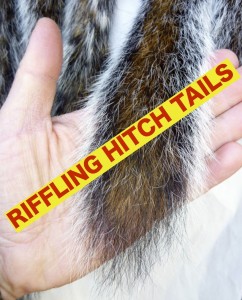
We have been scouting for a supplier of silver tip tails that we could trust to harvest the tails when the hairs had the right texture.
We managed to find a Game Warden in the UK that knew what we were looking for –
Richard, a salmon and trout angler, promised to help us with our extraordinary project.
Setting traps for squirrels is part of Richards’s daytime job – and by doing so at the right time of year, we have secured a small stock of these first-rate Riffling Hitch tails.
Barred Brown Squirrel tail – Small Pine Squirrel
We occasionally carry these tiny Pine Squirrel tails in our shop – Take the rare opportunity to buy a perfect squirrel tail for your riffling hitch and other micro tube flies.
Find them here
 Russian Flying Squirrel
Russian Flying Squirrel
A tiny squirrel tail – and very hard to find – Some of the finest fly-tying material we have ever seen.
 Siberian Pygmy Squirrel
Siberian Pygmy Squirrel
The smallest squirrel we have ever seen – and some of the finest hair we have ever come across – Most likely not your everyday roadkill fly-tying material
 Himalayan Squirrel
Himalayan Squirrel
Rare squirrel material quite close to its cousin, the small pine squirrel
 Chinese Pine Squirrel
Chinese Pine Squirrel
Similar to its US cousin but much softer – A nice tail for small and medium salmon flies
Eurasian red squirrel – the black version
Eurasian red squirrel, as they formally are known (Scientific Name: Sciurus vulgaris), is a squirrel species widespread across Northern Europa and the vast forest land of Russia where some squirrels are caught in traps and their pelt is used for various garments – Truly great material. Super quality and perfect for miniature patterns like riffling hitch flies and any other fly pattern designed to lure trout, salmon and char. The Eurasian red squirrel is found in colour variations ranging from jet-black to almost ginger red Buy it from us
 Fox squirrel
Fox squirrel
The fox squirrel (Sciurus niger), the eastern fox squirrel or Bryant’s fox squirrel, is the largest tree squirrel native to North America. Great material for bigger or very bushy flies – less efficient for smaller patterns.

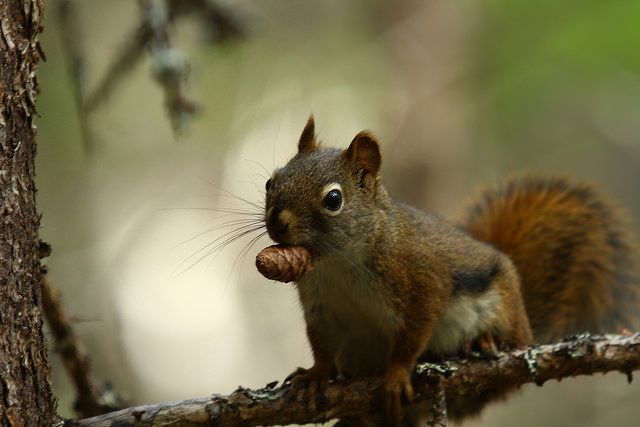
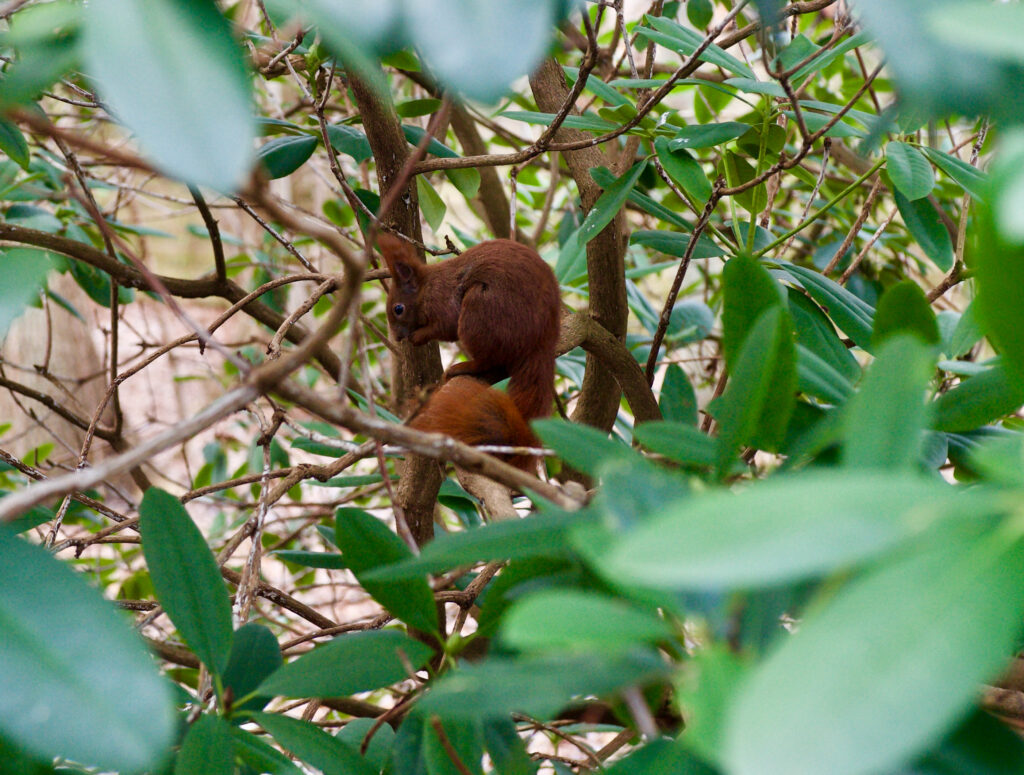

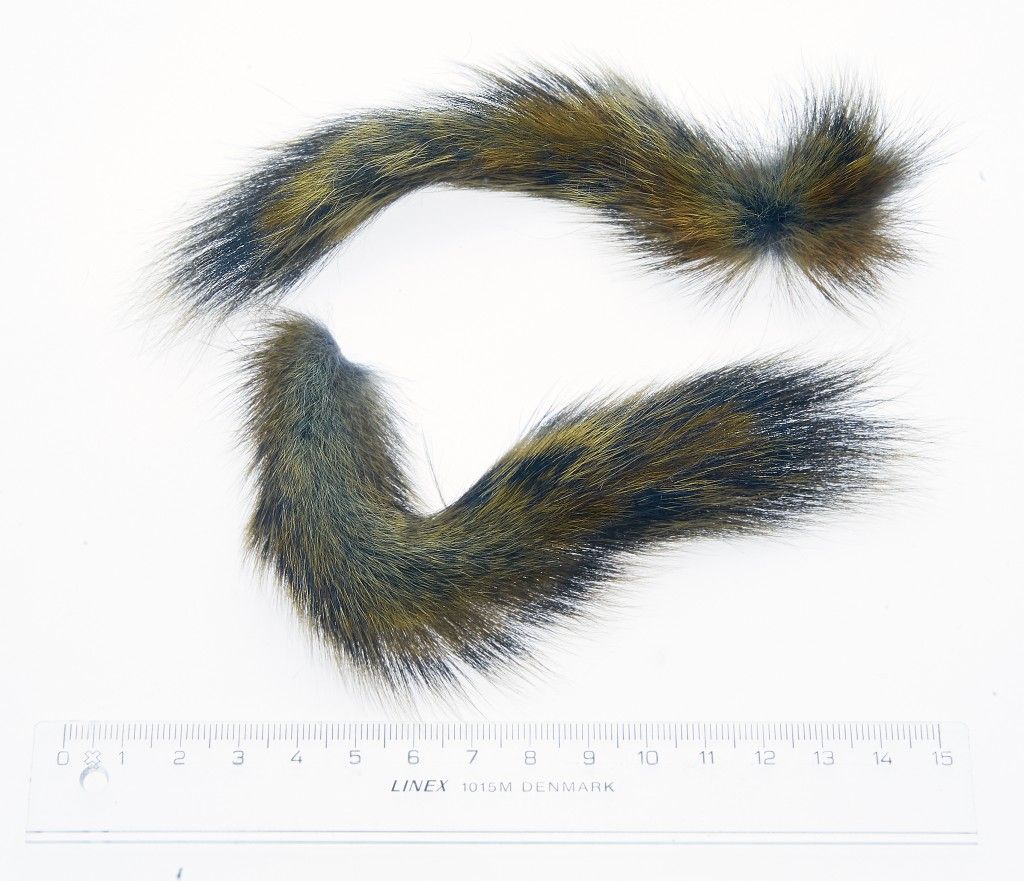
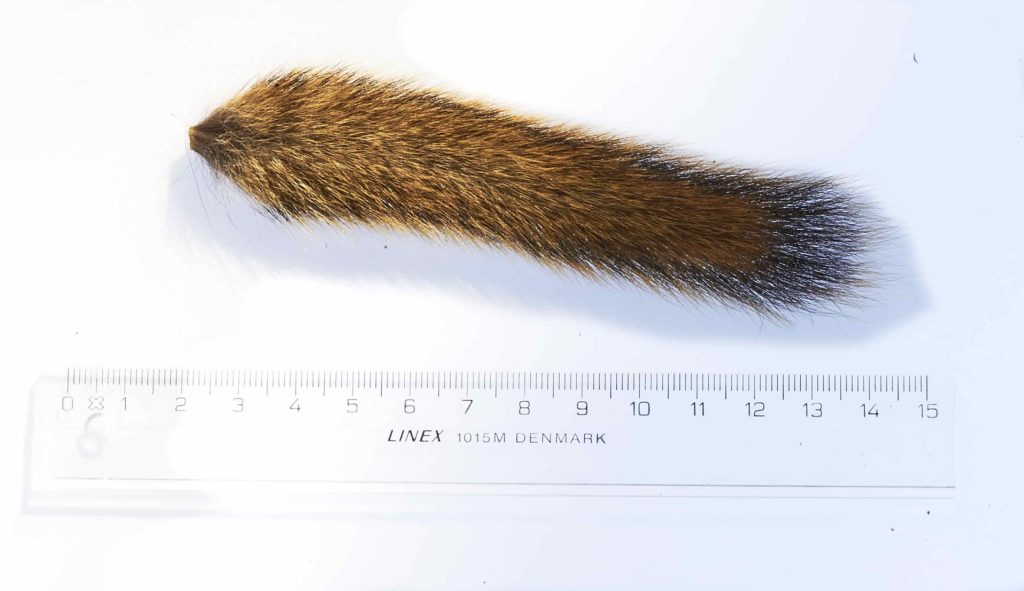 Russian Flying Squirrel
Russian Flying Squirrel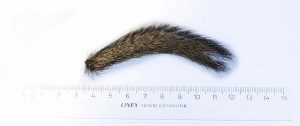 Siberian Pygmy Squirrel
Siberian Pygmy Squirrel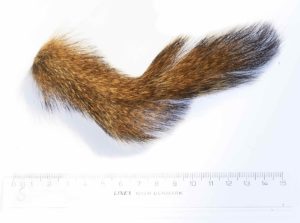 Himalayan Squirrel
Himalayan Squirrel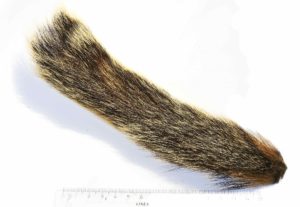 Chinese Pine Squirrel
Chinese Pine Squirrel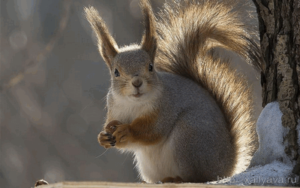
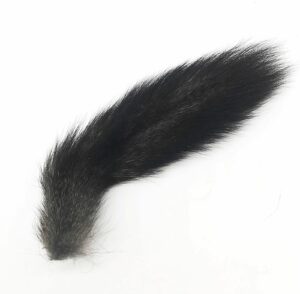 Eurasian red squirrel
Eurasian red squirrel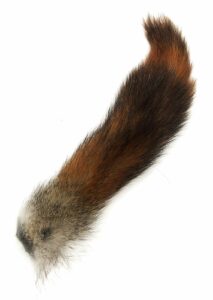 Eurasian red squirrel
Eurasian red squirrel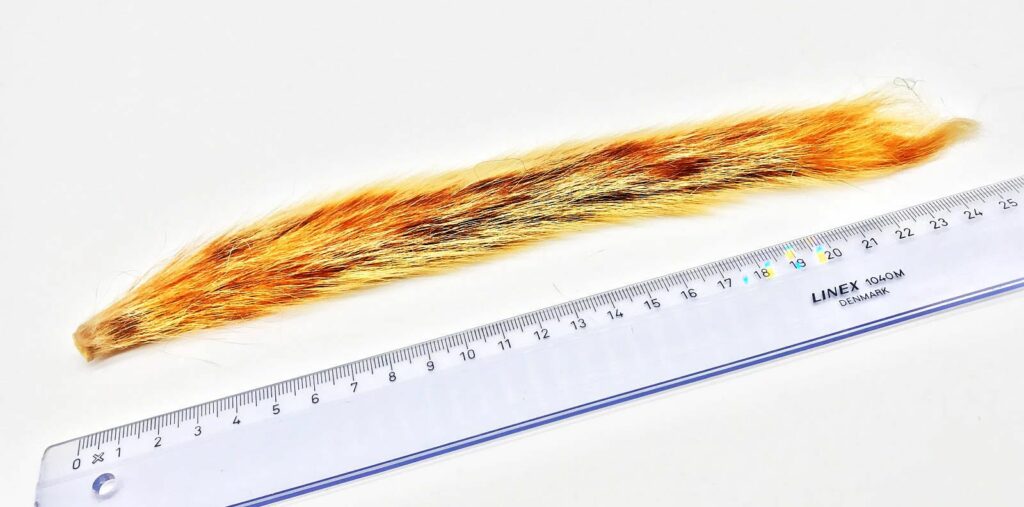 Fox squirrel
Fox squirrel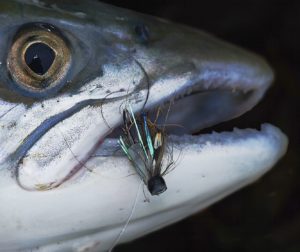

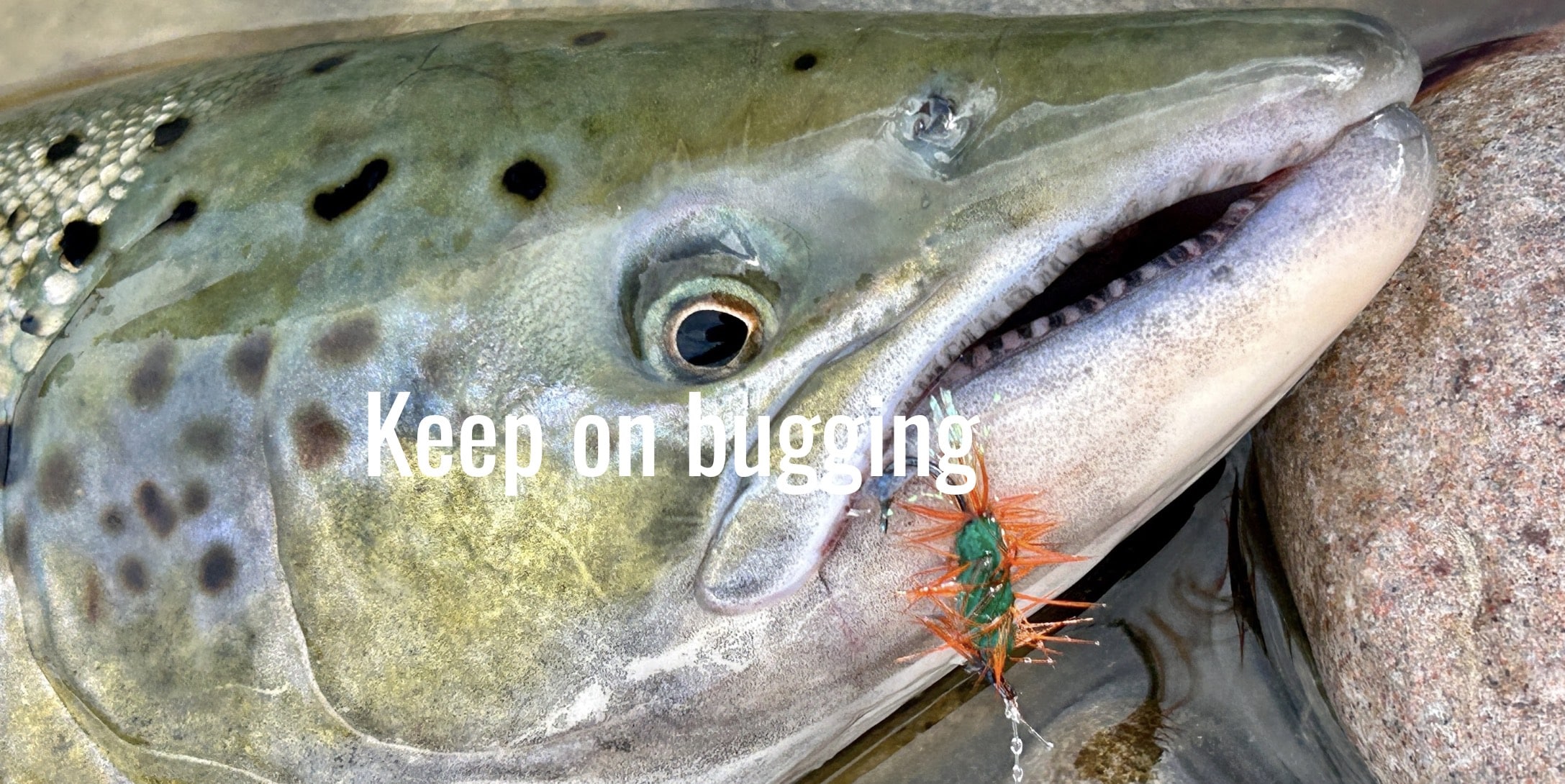
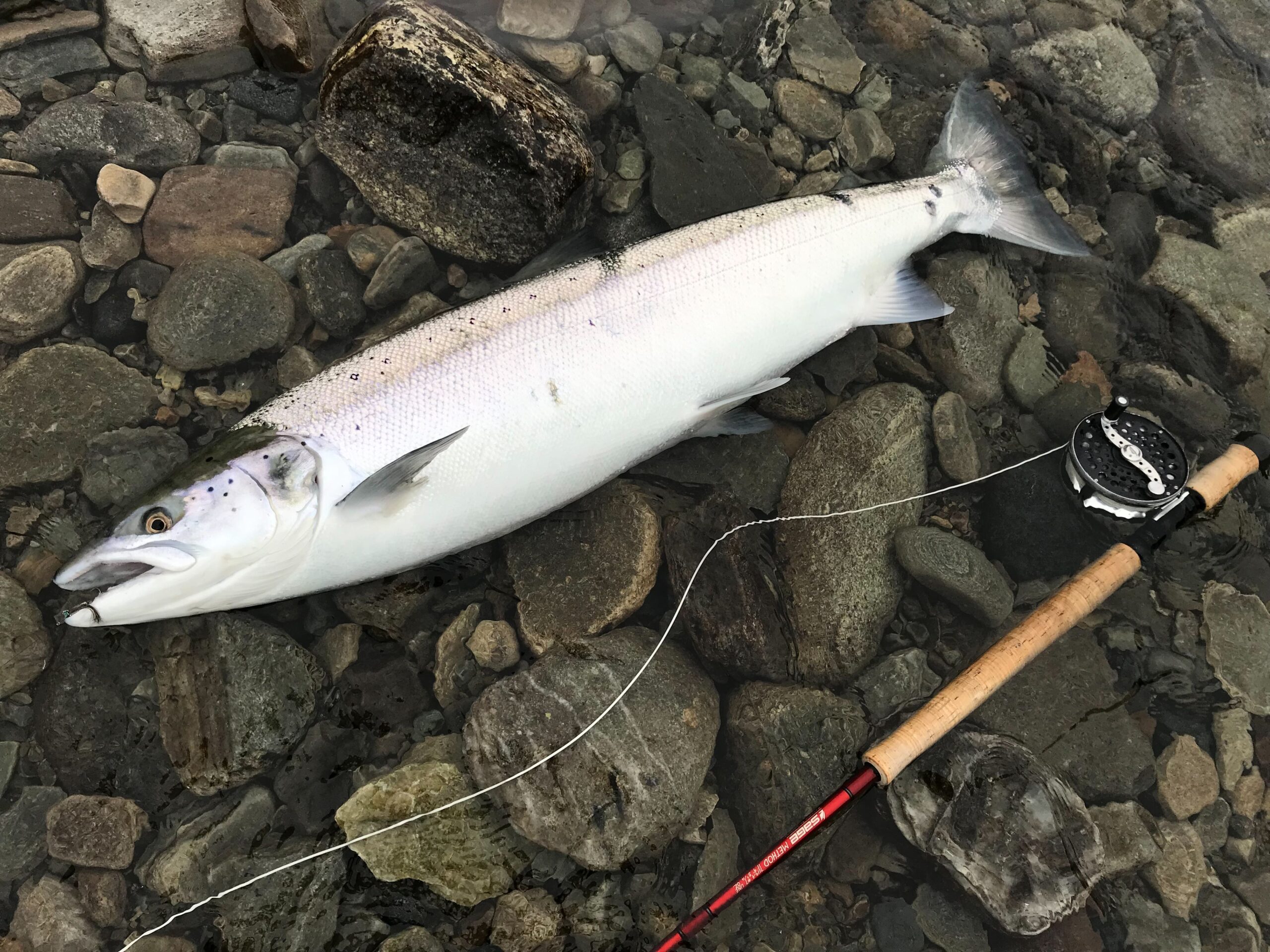
Comments (0)